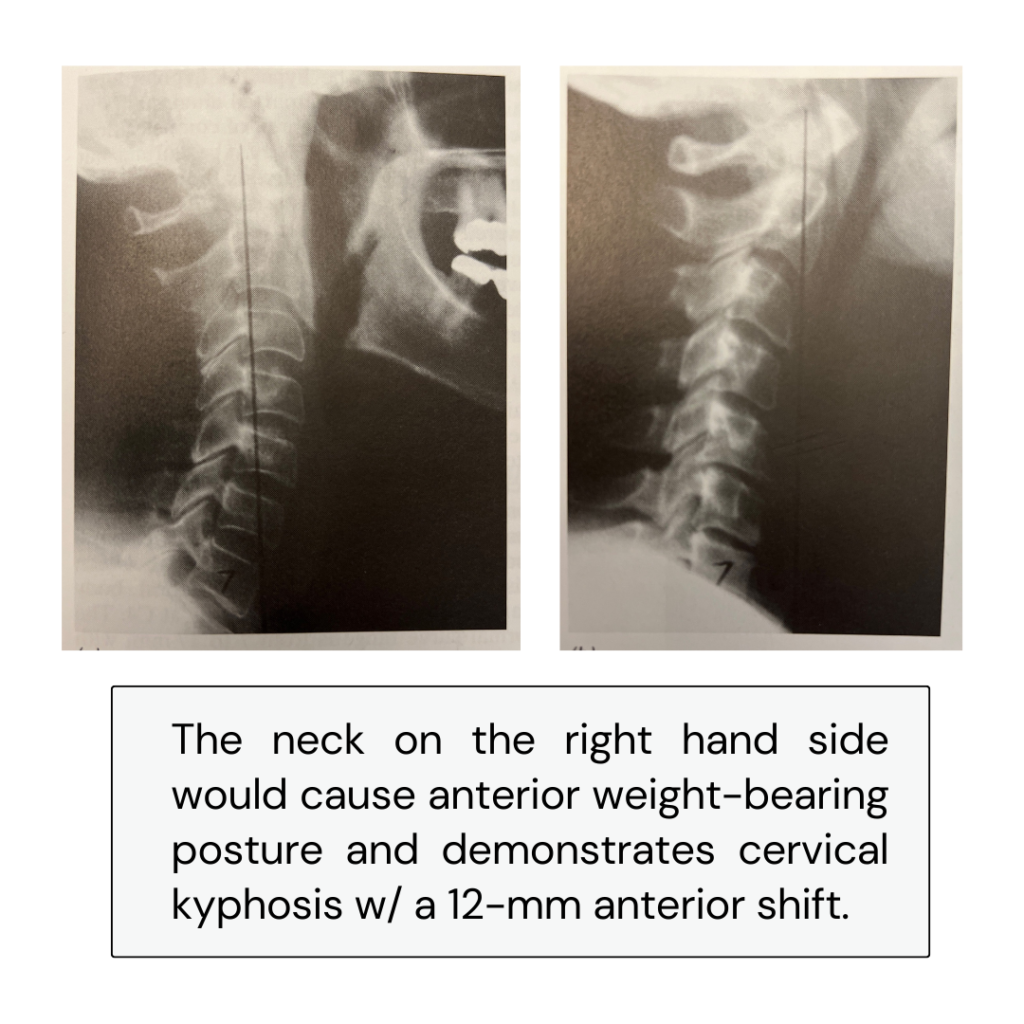Upper Cervical Misalignment: What You Should Know
Most of us have experienced neck pain at some point in our lives. It can be triggered by sleeping awkwardly, from a long day at work, or even from playing sports all day. The cause might not be clear, but the discomfort is there. A misaligned upper cervical joint is one of the most common causes of neck pain. The upper cervical joint serves as the connection between your skull and the rest of your neck. The upper cervical joints are made up of three spinal bones: the atlas (the topmost vertebra), the axis (the second vertebra), and the head (the base of the skull). This article will help you understand what is going on in the head and neck junction so that you can better care of your spinal health.
What is a misaligned upper cervical joint?
A cervical vertebra is one of the bones in your spinal column. There are seven cervical vertebrae in total. The first two vertebrae are the atlas, and the axis, which is the unique structure of the spinal column. Neck pain is most commonly caused by a misaligned upper cervical joint, which is where the two atlas bones meet. A misaligned upper cervical joint is a condition where the bones of your skull and neck don’t form a right angle. This usually happens because there is some type of abnormal movement in the spine.
Misalignment occurs when the upper cervical joints are pushed out of place. This happens because the atlas and axis vertebrae rotate on their respective axes, causing the head to turn with them. This can occur as a result of poor posture or when there is an injury to the spine, such as a whiplash or fall. Pushing out these bones can also occur during pregnancy and delivery. During both of these events, pressure on the neck forces the head to turn towards one side of your body. You may also be born with misaligned upper cervical joints and not even notice it until later in life. Misalignment in the upper cervical joint does not cause pain, but it can affect your ability to move, sometimes leading to severe discomfort. If you are experiencing any pain or discomfort in your neck, you should see an upper cervical chiropractor for an initial evaluation.
What are the causes of misalignment?
It is not easy to pinpoint a specific cause of an upper cervical misalignment. It could come from trauma or overuse, or it could be caused by hormonal changes or arthritis. The most common causes are:
– Trauma to the head and neck junction
– falls can cause this type of neck pain
– Overuse of neck muscles that can lead to muscle spasms
– Injuries related to the cervical spine
– Arthritis related to the cervical spine
– Poor posture
– Hormonal changes during pregnancy and menopause
Signs and symptoms of an upper cervical misalignment
A cervical misalignment happens when the bones in your neck are not lined up correctly. This can lead to pain and other problems, so it’s important to know what causes this condition and how you can maintain an upper cervical balance. A cervical misalignment isn’t something you can see with your naked eye, but there are a few signs and symptoms that you should be aware of. It is important to maintain a healthy neck in order to avoid any pain or injury.
If you are experiencing neck pain, it is important to do a thorough evaluation of your head and neck junction. You may experience the following symptoms:
– Pain in the head or neck that lasts for more than 6 months
– Neck pain that worsens when turning your head to the right or left
– Difficulty tilting your head backward due to dizziness
– Difficulty moving your chin up and down
– An irregular heart palpitation
– Feeling like there is misalignment in the jaw that causes bite imbalance
Treatment for Upper Cervical Misalignment
The first step in treatment for an upper cervical misalignment is a clear understanding of how the upper cervical spine is misaligned. This can be done through a physical examination, x-rays, and other diagnostic tools. The next step is to figure out how to correct the upper cervical misalignment. NUCCA chiropractors are trained to provide a gentle and precise adjustment based on the objective X-rays analysis.
To maintain the health of the upper cervical spine, the following tips will help maintain the health of your upper cervical joint and provide relief from neck pain:
-Wear the right size shoes when you go running
-Use a pillow to sleep on your side to keep the natural curve of your spine
-Avoid sleeping on your stomach or leaning too far forward in bed
-Take regular breaks at work by standing up and stretching every 15 minutes





